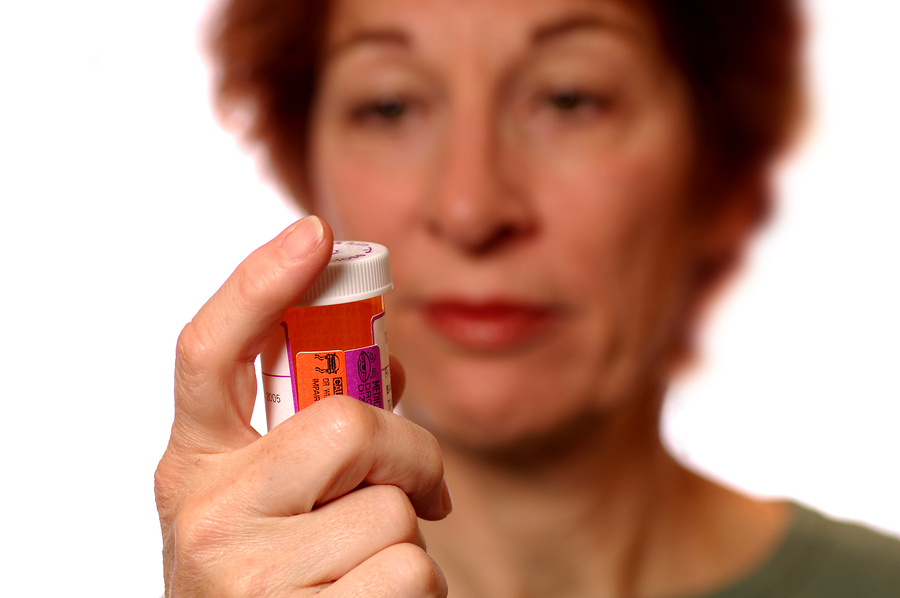CDC: Emergency Room Overdoses Up Sharply
/By Pat Anson, Editor
Emergency room visits for opioid overdoses have soared by 30 percent in 16 states, according to a new Vital Signs report by the Centers for Disease Control and Prevention. The CDC called the report a “wake-up call to the fast-moving opioid overdose epidemic.”
Between July 2016 and September 2017, there were over 142,000 suspected opioid overdoses treated in hospital emergency rooms in the 16 states. Overdoses increased for men and women in all age groups, in all regions of the country, and in rural and urban areas.
The new report does not specify how many patients died or if the overdoses involved prescription opioids or illegal opioids like heroin and illicit fentanyl. A previous report by the CDC indicated that over half the nation’s fatal overdoses are now linked to fentanyl, a synthetic opioid increasingly available on the black market.
“Long before we receive data from death certificates, emergency department data can point to alarming increases in opioid overdoses,” said CDC Acting Director Anne Schuchat, MD. “This fast-moving epidemic affects both men and women, and people of every age. It does not respect state or county lines and is still increasing in every region in the United States.”
Ten of the 16 states studied had significant increases in emergency room overdoses, with the number of overdoses in Wisconsin up by an alarming 109 percent. Opioid overdoses in Delaware also doubled.
Midwestern states saw the biggest increase overall, with a 70% increase in overdoses, followed by the West (40%), Northeast (21%), Southwest (20%) and Southeast states (14%).
Overdoses declined by 15% in Kentucky, and by smaller amounts in Massachusetts, New Hampshire and Rhode Island. Schuchat said the decline could be related to the increased availability of drugs like naloxone, which can rapidly reverse the effects of an opioid overdose.
Failure of Opioid Guidelines Ignored
The Vital Signs report did not examine the apparent failure of the CDC’s opioid prescribing guidelines to have any impact on the overdose rate. The agency's controversial guidelines were not even discussed during a 30-minute briefing Schuchat had with reporters today.
Since the CDC guidelines were released in March 2016, many pain patients say their opioid doses have been reduced or eliminated, and the quality of their pain care has deteriorated. Some patients abandoned by doctors are having trouble finding new ones willing to treat them.
A recent report from the Massachusetts Department of Public Health found that prescription opioids were involved in only about 15% of the fatal overdoses in 2017, while fentanyl was involved in 83 percent of the opioid deaths in that state.


























